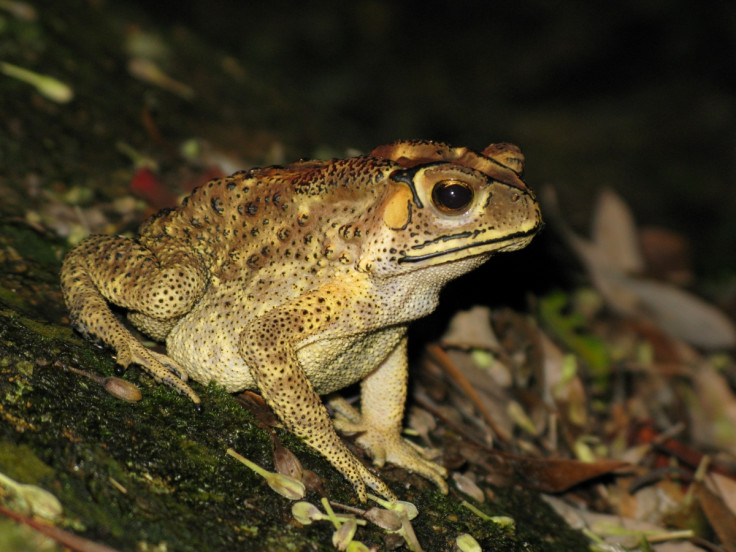Madagascar told to eradicate invasive toxic toad or face ecological and economic consequences

A new report published on Wednesday (3 February) has stated that Madagascar must deal with the invasive Asian toad species or face what it calls "major ecological and economic" consequences. The toad are thought to have first arrived around 2007-2010 on freight ships from south east Asia, but now number around four million.
Their numbers are strongest around the port city of Toamasina and move further into the country at a rate of about 1.2 miles a year. "The Asian toad can spread across most habitats with no obvious barriers. However, it is currently restricted to about 110 sq km [42.5 sq miles], which gives us hope that we can contain it, but only if we act now," said James Reardon, an eradication expert with New Zealand's Department of Conservation told the Guardian.
The report outlines four possible routes for the country to take to deal with the toads. They could try to contain the toads in their current distribution – though this is not feasible; they could protect only highly vulnerable areas and species from the toad – would will cost huge amounts in perpetuity; they could "do nothing and accept these toads will become a permanent part of Madagascar's biodiversity with the consequential environmental, economic and human health impacts"; or they could attempt to eradicate them.
Eradication is an expensive option in the short term, relays the report, but "benefits of permanently removing all toads and thus their impact and associated risk far outweigh the benefits of sustained control". The Asian toad is also known as the black-spectacled toad and the Javanese toad, and a single toad can produce up to 40,000 eggs a year.
Madagascar's invasive toad issue is similar to the problems that Australia faced with the cane toad species. First introduced in 1935 to help sugar-cane farmers deal with cane beetle infestations, the toad rapidly spread, and has in the decades since its introduction taken over huge swathes of northern and eastern Australia.
© Copyright IBTimes 2024. All rights reserved.























